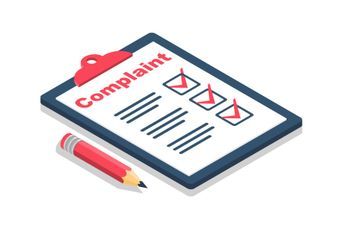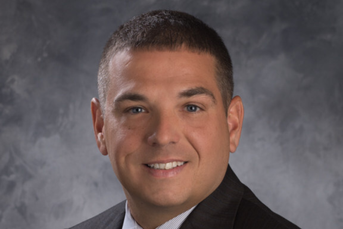HSA enrollees use health care services differently than those with PPOs, research shows

EBRI research also looks at spending for the two types of plan.
Employees who invest in health savings accounts use health care services differently than those with a preferred provider plan, according to new research.
The Employee Benefit Research Institute looked at the usage and cost of health services accessed by the two cohorts and found that HSA enrollees typically make less use of emergency departments, specialists, outpatient services, and prescription drugs (for those with no health conditions) but higher use of inpatient services and primary care (for those with two or more conditions) relative to PPO enrollees.
“The purpose of our research was to closely examine the impact of plan type on the use of health care services and spending. The analysis focused on enrollees in HSA plans and preferred provider organization (PPO) enrollees who are in health plans with deductibles large enough to be HSA eligible as a way of isolating the impact of the HSA on use of health care services,” Paul Fronstin, director of health benefits research at EBRI, said in a statement.
Looking at the costs of health care for each plan type, HSA plans spent $61.30 per member per year more on inpatient care relative to PPOs, and an additional $4.20 on primary care visits. However, emergency department visit costs were $19.10 lower per member per year for HSAs and spending on specialist visits was $4.60 lower. There was no statistically significant difference in the two groups in spending on prescription drugs.
For those with no health conditions, spending on HSA enrollees was $60.30 lower per member per year than for PPOs overall, but $2,490 higher for those with two or more health conditions.
The research, with funding support from Aon, Blue Cross Blue Shield Association, Independent Colleges and Universities Benefits Association, JPMorgan Chase and PhRMA, revealed no statistically significant differences between the overall costs of the two types of plan.
“The research concluded that HSA plans have mixed effects on use of health care services. Inpatient admissions and days were higher in HSA plans than in PPOs. The additional inpatient admissions do not appear to be coming from emergency department visits, as HSA plans enrollees used emergency departments less than PPO enrollees,” Fronstin said. “Interestingly, there is a shift from specialist visits to primary care visits among HSA plans enrollees. The HSA plan enrollees also filled fewer prescriptions as compared with PPO enrollees. Overall, HSA plan enrollment had no impact on total spending and there was no statistically significant difference in overall spending between HSA plan and PPO enrollees.”
Previous research from EBRI found that few people are taking full advantage of the “triple tax benefits” of health savings accounts.
Learn more about reprints and licensing for this article.







